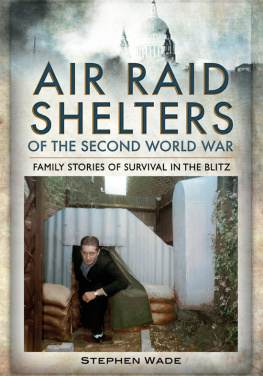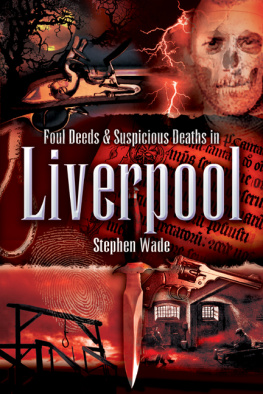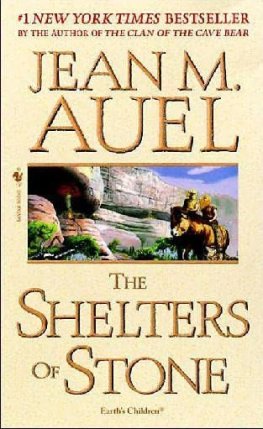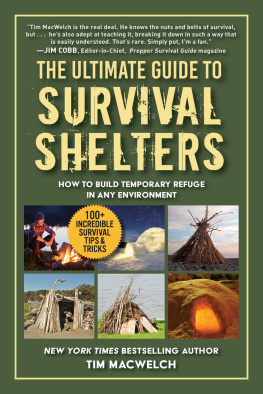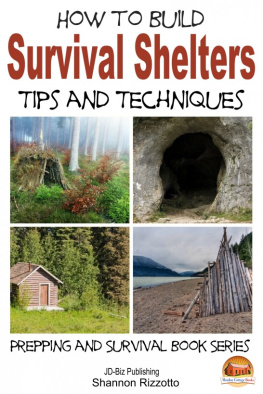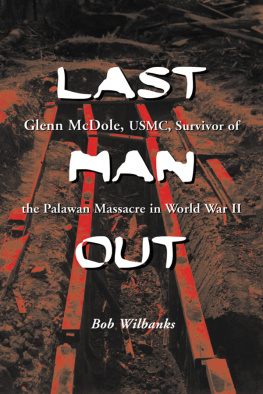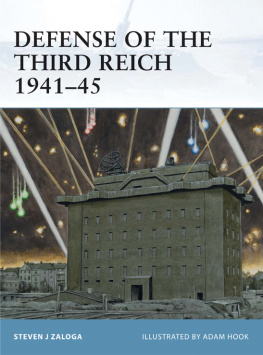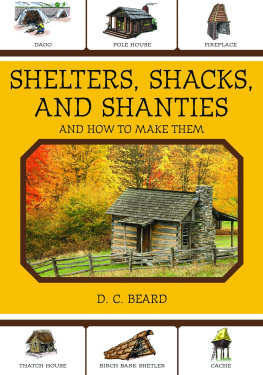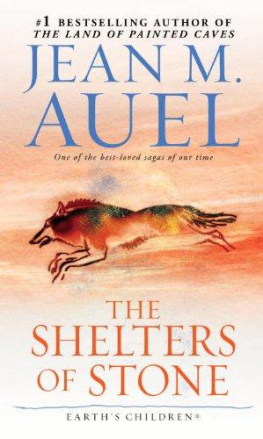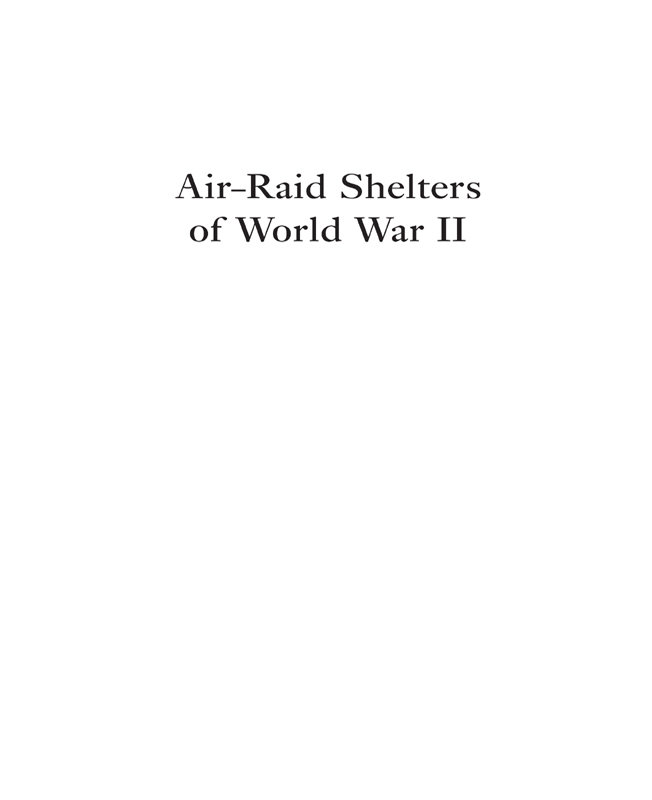Thanks and Acknowledgements
T his book has been put together from dozens of private archives as well as from a random batch of voices from oral history. I thought it was going to be a process of dredging, but I was wrong: it has simply been a case of editing and shaping a mass of material, so the thanks due are many and varied. Although there is a massive library in print and on film of the Second World War, the material on life in shelters has been patchy, and has been best preserved by individual enthusiasts, although there have been special exhibitions over the years. My sources have therefore been a mix of piecemeal anecdotes and collected oral history projects.
The research and preparatory work for Air-Raid Shelters entailed gathering thousands of stories from across England, and the following list is a summary of most of the sources and help I had. My apologies go to anyone whose name has been unintentionally omitted here.
There are also people who, though not widely known outside their native places, played very important roles in the planning of shelters and other precautions in the build-up to the war, and outstanding among these is Sir Leo Schultz of Hull (Lord Mayor there from 194243). This work is fittingly dedicated to his memory.
Hundreds of people have helped with the work for this book. Responses to my letters asking for anecdotes, memories and pictures exceeded all expectations. Thanks for material and for memories go to John Baker, Neil Farrell, Daniel Fiander, Carl Mallett, Maureen Owen, Frank Dolman, Vincent McDonagh, David Wilcockson, Edwin Gardner, Fred Common, Jim Warren, Geoffrey Smith, Colin Wilson, Norman Backhouse, Pat Bishop, J Walsh, Neil McCallum, Roy Westall, Jack Sammons, Brian Elliott, Peter Langham, Frank Rawlinson, Mr Mike Hollingdale of the 351st Bomb Group Reunion Association, staff at Hemswell antiques centre, Joan Wilkinson and T Geraghty. Robert Matthews provided one of the best mystery stories, in the tale of his brother.
Many memories had to be told over the phone, as several correspondents had no computer facilities. Listening to accounts of bomb blasts and the deaths of relatives was not exactly fun, and I have to express a debt of gratitude to those people who shared stories of loss and trauma with me in that way.
An honourable mention goes to George Whitehead, who reminded readers of BBC History Magazine that Hull was bombed, with over 1,200 deaths as a result of those raids (letter printed in the issue for February, 2010). Following that up, Allison Coggan has to be thanked for helping in my appeal to readers of the Hull Daily Mail to give me their stories. They certainly responded in full.
Helpful organisations have been Hartlepool Library Service, Hull Local History Library, The Greenwich Heritage Centre, University of Plymouth and the various local newspaper items from websites quoted in the text.
My mother, Joyce Wade, supplied some Leeds memories, and several writers and historians contributed pictures and anecdotes.
Special mention must be made of Jean Gough, Derek Sprake and Ben Sansum, who provided substantial material for my use, and similarly, thanks to Dennis Grout, who provided a copy of the Look North film on the Hull Blitz in which he figures.
I appreciate the assistance of the editors of Best of British, The Dalesman and Down Your Way magazines, and the editors at the Hull Daily Mail, The Liverpool Echo and the Sheffield Star in helping to disseminate my appeals for stories. In particular, I have to thank all the following who responded to Allison Coggans feature with stories: Frank Evenden, Brenda Cooper, Ben Adamson, Janet Fraser, Olive Tebbatt, Betty Levesley, Clifford Dalton, Cheryl Rickles, Dennis Grant, Kenneth Woodhouse, Pauline Harmer, Eileen Webster (ne Dewhurst), Trevor Jones, Evelyn Bateman, R A Atkinson, Pauline Edmonds, Jean Billany, Bill Biglin, Penny Wright, Alan Dent, June Broadley, Gilbert Austin, Judith Russell, David Peat, Rich Avery, John Roberts, Brian Cook, Margaret Andrew, Mike and Jean Baker, Ron Atkinson, Alison North, Jean Sleath and Eric Wright.
Without Brian Callans help there would have been no story about Roddy the dog, so thanks to Brian for that, and to Trevor Jones, whose mothers diary of the Hull Blitz is an invaluable record. Brian Clarke also kindly supplied copies of his fathers memoirs and other material.
My Plymouth informants included Miss Jeanette Hipsey, who kindly gave me anecdotes and valuable printed material. Without her input, there would have been no feature on the Favata memorial at the University of Plymouth.
For the Hull stories, special thanks go to David Peat and the material on his father, Raymond Peat, whose chronicles are recorded at the Imperial War Museum.
Stephen Wood kindly gave permission for material from the Clifford Road archive to be used here.
Acknowledgements for photographs and images:
Tommy Hart for his picture of the shelter at Herringthorpe; images from the Lincolnshire Archives, courtesy of Lincolnshire County Council, at the Illustrations Index; drawings by Vicky Schofield; Jonathan Ginn for the shelter marker photos; David Peat for the picture of his father, and for the copy of his taped memories. Thanks to Ben Sansum for the photos of his 1940s material and locations.
Pictures from The London Archaeologist feature are by courtesy of the Hendon and District Archaeology Society; thanks to Don Cooper for arranging that use, and to Keely Lead.
Staff at the Hull History Centre kindly arranged for the pictures from the Hull Blitz to be used, particularly Christine Brown and Isaac Acheampong.
Thanks to Steve Johnson of Plymouth, and his excellent site, cyberheritage.co.uk. Steve introduced me to the phenomenon of urbexing something that is helping to bring shelters into prominence with younger people too, as they explore cityscapes. Shelters, just as much as old dungeons or castles, are now being explored with a sense of mystery and younger people are learning about Britain at war through that hobby. In addition, the site for Subterranea Britannica was extremely useful.
R J Maxwell kindly supplied the photograph of his fathers invention, the bed-type shelter, made by Robert Morris Ltd., of Farnworth, near Bolton.
Credit also to Edmund Forte for his family history material on Exeter, and to the Living Here website project in Exeter, and to the related material from Roy Huxtable.
Becky Wallower of The London Archaeologist was very helpful with the Edgware School story.
For the Colchester records, thanks to the diaries of E J Rudsdale: blogposts on the Homefront website cited below.
Daniel Fiander has to be thanked for helping to deliver his grandfather, Gordons, memories and drawings of the Sheffield bombings. Similar family archives and other material from Dennis Grout and the Look North documentary on his life and the reunion with family added something special.
There are countless other sources of various small gobbets of information which proved to be useful, and these have been acknowledged in the text. One special mention must be made for David Carney, who contributed the poem to the Anderson shelter.
Finally, thanks go to Isabel Atherton: this would never have been conceived and written without her involvement.
Bibliography
Books
Ackroyd, Peter,

